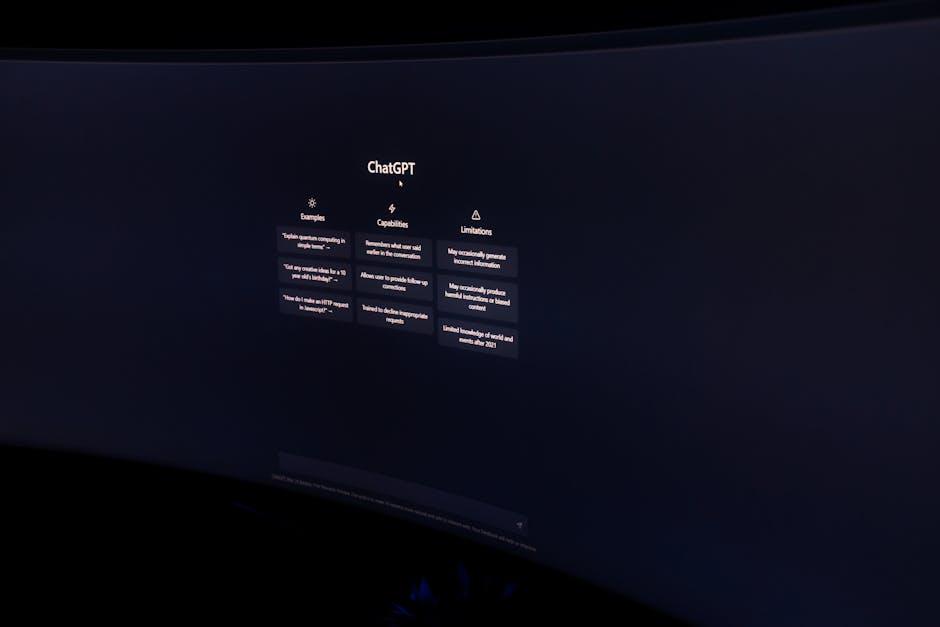



In the ever-evolving landscape of digital marketing,pay-per-click (PPC) advertising stands out as a vital tool for businesses seeking to enhance their online presence and drive immediate traffic. However, with competition intensifying and data volumes swelling, marketers are increasingly challenged to derive meaningful insights from their campaigns. enter BigQuery—a powerful data analytics platform designed to transform the way businesses interpret and leverage their PPC data. In this article, we’ll explore how BigQuery unlocks deeper insights and empowers marketers to optimize their PPC strategies, enabling them to not only navigate the complexities of data but also achieve better results and return on investment.Join us as we delve into the fusion of technology and strategy that could redefine your approach to PPC advertising.
BigQuery revolutionizes the way businesses approach pay-per-click (PPC) analytics by enabling them to process vast amounts of data with lightning speed. The platform’s capacity to handle near real-time analytics allows marketers to derive significant insights into their campaigns, including performance metrics and keyword efficiency. With robust querying capabilities,users can dive deeper into their datasets to uncover trends,identify high-performing ads,and even analyze customer acquisition costs across various channels.This level of granularity empowers businesses to pinpoint exactly where their budgets should be allocated for maximum impact.
One of the standout features of BigQuery is its integration with machine learning tools, which can automate the optimization of PPC campaigns. By leveraging its ML capabilities, marketers can build predictive models that forecast which keywords are likely to drive conversions. Furthermore, visualizations and dashboards created within BigQuery facilitate easy sharing of insights among teams, ensuring that everyone is aligned on strategy. To illustrate the benefits, consider the following comparison of traditional PPC analytics methods vs. BigQuery-enabled insights:
| Aspect | Traditional Method | BigQuery Approach |
|---|---|---|
| Data Processing Time | Hours to Days | Seconds to Minutes |
| Data Volume Handling | Limited | Extensive |
| Insights Generation | Manual Analysis | Automated Reports |

In today’s fast-paced digital landscape, the ability to swiftly convert raw data into actionable insights is paramount for optimizing PPC campaigns. By utilizing BigQuery, marketers can seamlessly analyze vast datasets and discover patterns that may have previously gone unnoticed.This powerful tool allows for enhanced segmentation of audience data,helping to tailor campaigns more precisely. Key benefits include:
Furthermore, BigQuery’s integration with othre Google Cloud services enriches data exploration capabilities, allowing for a multidimensional approach to campaign management. With advanced SQL functions, users can drill deep into their data, segment by various dimensions, and visualize trends. The table below illustrates how different data sources can align with specific campaign objectives:
| Data Source | Campaign Objective |
|---|---|
| Website Analytics | Increase Traffic |
| Social Media Engagement | Boost Brand Awareness |
| Email Marketing Metrics | Enhance Customer Retention |

Utilizing the advanced query capabilities of BigQuery can transform your PPC strategy by enabling the extraction of nuanced insights that standard analytics tools frequently enough miss.With the ability to process vast amounts of data within seconds, advertisers can dive deeper into metrics that matter. By building complex SQL queries, you can analyze historical performance data alongside real-time metrics to uncover patterns that drive action. As an example, you can identify which keywords led to conversions at different times of the day or week, allowing for optimized bidding strategies that align with actual user behavior.
Moreover, you can leverage BigQuery’s powerful functions to segment your PPC data in innovative ways. Consider using features such as:
By strategically using these advanced capabilities, advertisers can not only gain immediate insights but also establish a robust framework for ongoing optimization.Here’s a simple comparison table illustrating the benefits:
| Feature | Benefit |
|---|---|
| Advanced SQL Queries | Unlock deeper insights from complex datasets |
| Real-Time Data Processing | Immediate adjustments to bidding and strategy |
| Predictive Analytics | Forecasting future performance trends |
Integrating bigquery into your pay-per-click (PPC) strategy can yield transformative insights and optimize your ad spend. To capitalize on this powerful tool, start by ensuring that your data pipelines are seamlessly connected. This means regularly importing data from various platforms, including Google Ads, social media, and your website’s analytics, into BigQuery. by doing this, you can build a comprehensive dataset that provides a 360-degree view of your campaigns. Leverage SQL queries to extract actionable insights and segment your audience effectively, making it easier to tailor your messaging and targeting strategies.
Another essential practice is utilizing BigQuery’s machine learning capabilities to forecast trends and predict customer behavior. This involves creating models that analyze historical PPC campaign data and user interactions to identify high-performing keywords and ad placements. You can implement these insights by creating tailored A/B tests based on your predictive analytics. Consider setting up automated alerts within BigQuery that notify you of significant performance fluctuations or opportunities for optimization. following these strategies ensures that you not only analyze data but also act on it proactively, driving better results for your PPC efforts.
In the ever-evolving landscape of digital advertising, coupling the power of BigQuery with your PPC strategies can unlock a realm of unparalleled insights and opportunities. By leveraging the robust analytics capabilities of BigQuery, marketers can transform raw data into actionable strategies, driving not just clicks but meaningful engagement and revenue.
As we conclude our exploration of this powerful synergy, remember that the true potential of PPC lies not just in the ads themselves, but in the understanding that follows. Embracing BigQuery as part of your toolkit not only enhances your reporting but enables you to make data-driven decisions that can elevate your campaigns to new heights.So, whether you’re a seasoned PPC veteran or just starting your journey, integrating BigQuery into your analytics framework is a step toward unlocking deeper insights and achieving better results. The future of your PPC performance awaits—dive in, explore, and watch as your advertising efforts flourish in ways you never thought possible.